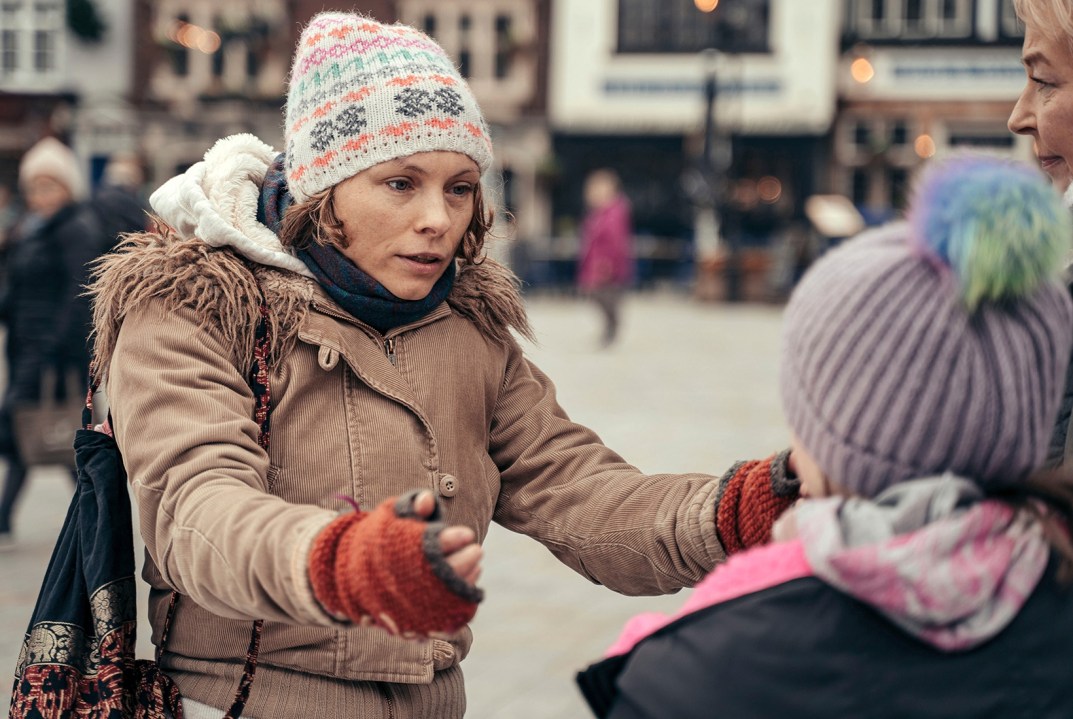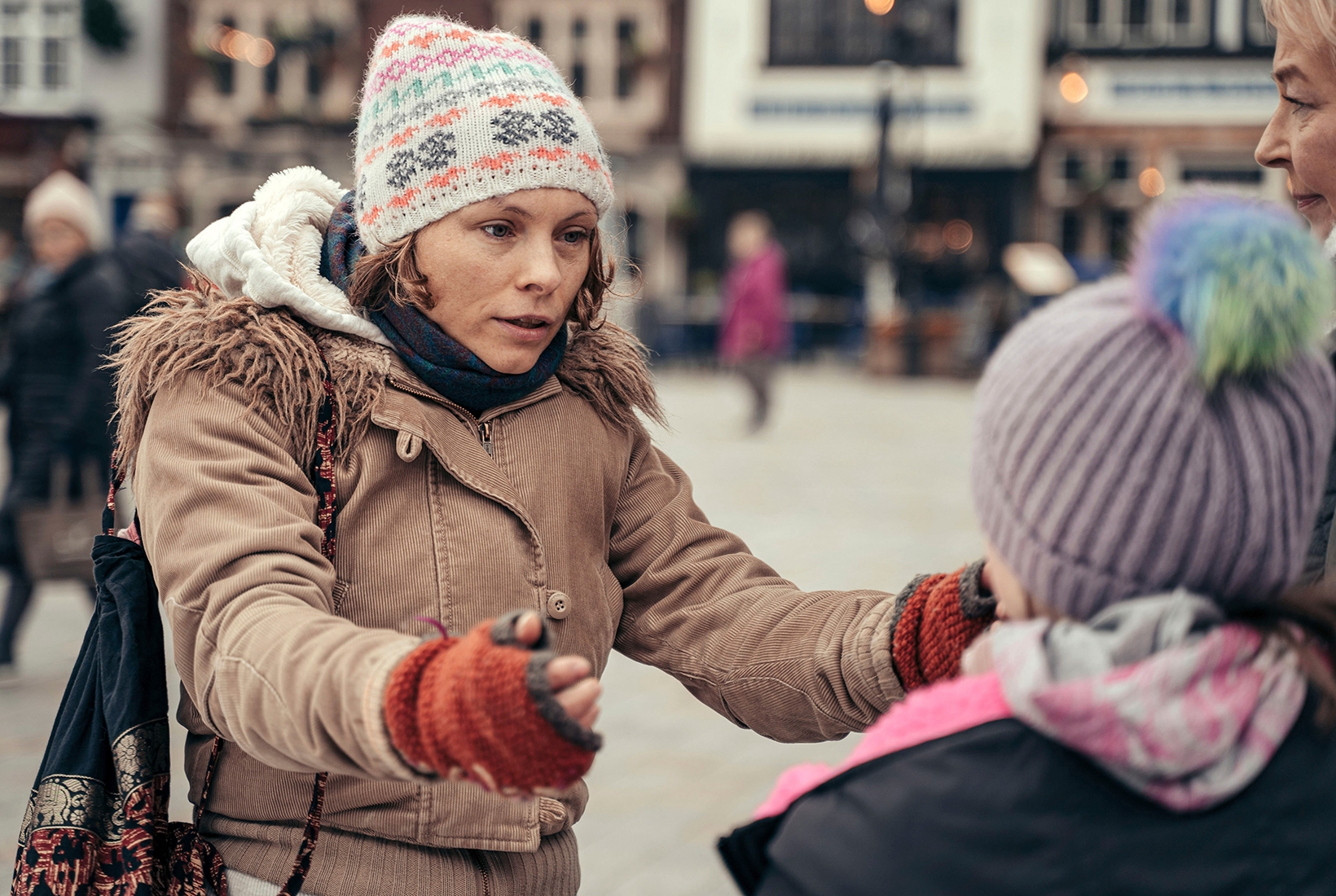This week, BBC1 brought us a three-part dramatisation of an ‘unprecedented crisis’ in recent British life. Among other things, it featured a lockdown, an extensive tracking and tracing programme, much heroism from people on the front line, and much confusion among scientists as to how to provide the facts when they didn’t really know them. The Salisbury Poisonings (Sunday–Tuesday) was presumably made well before you-know-what. Yet watching the programme in the current circumstances, it wasn’t easy to decide whether the timing was good or bad luck for the makers. The obvious parallels did lend a haunting, drone-note resonance to proceedings. On the other hand, they sometimes threatened to overshadow what was a fine, even rather noble drama in its own right.
The first episode duly began with Russian double agent Sergei Skripal and his daughter Yulia being found ill on a Salisbury park bench in 2018 after being poisoned with Novichok. But with that, the programme made the inspired decision to leave the global politics and spy-related stuff behind and to concentrate instead on the local officials who suddenly found themselves at the sharp end of both.
Anne-Marie Duff played Tracy Daszkiewicz, Wiltshire’s director of public health, who was expecting a morning at a food hygiene seminar when she got a call from the police station. Within hours, she’d been given an office there — and the responsibility for ensuring that hundreds of people didn’t die from the Novichok deposits that the Skripals had unwittingly left all over the city. From there, Tracy alternated between worrying that this task was well beyond her and triumphantly proving that it wasn’t.
Many of the former Page-Three girls claimed convincingly to have had the time of their lives
Equally impressive were the Salisbury police, who gave her their kindly, competent support, despite having a chilling illustration of the dangers involved. Following his search of the Skripals’ house, DS Nick Bailey (Rafe Spall) picked up enough Novichok to spend the next two episodes fighting for his life.
Above all, the drama played a characteristically honourable tribute to the only person who died in the Salisbury poisonings, but has since been so overlooked that she rates only the most passing of mentions in Wikipedia’s lengthy entry on the ‘Poisoning of Sergei and Yulia Skripal’.
To my shame, in fact, I’d forgotten about her too. As a result, it took a while to work out why the main story was constantly intercut with that of a woman called Dawn Sturgess (MyAnna Buring), who was trying hard to sort her life out so as to regain custody of her much-loved daughter Gracie. But then her boyfriend Charlie proudly presented her with a bottle of classy-looking perfume that he’d found in a Salisbury skip — and that, once she’d sprayed it on for a meeting with Gracie, turned out to have been the Novichok delivery device. As Dawn and her family now took centre-stage, her life and death were movingly reclaimed from footnote status in the final act of a programme that both championed and embodied a commitment to old-school civic decency. (So perhaps it was pretty well timed after all.)
Meanwhile, for anybody understandably thirsting after some moral nuance at the moment, help was at hand in the unexpected shape of Page Three: The Naked Truth. Personally, I’m not sure you have to go full SJW to wonder if there’s something a bit questionable about photos of topless 16-year-old girls appearing in national newspapers. And Thursday’s documentary certainly reminded us how weird it was. For one thing, it couldn’t actually show us any such photos, on the grounds that they’re now illegal.
But the programme also suggested that this wasn’t necessarily a straightforward case of patriarchal exploitation. Many of the former Page-Three girls we met had been encouraged to go into it by their mothers. Many had received useful advice from female photographers. Most claimed convincingly to have had the time of their lives in an era when a willingness to show your breasts offered an escape from council estate to a world of money, fame and fun.
Leading the way, naturally, was Samantha Fox who in the early 1980s was apparently one of the three most photographed women in Britain, alongside Mrs Thatcher and Princess Diana. Declaring how ‘really proud’ she was to be part of Page-Three history, Sammy sounded genuinely puzzled as to why her chosen profession was so frowned upon — often by more middle-class women. Nonetheless, even she was forced to admit that being admiringly told that ‘you have the face of a child and the body of a woman’ doesn’t sit quite right these days.
At times, the programme seemed tempted to take the more accepted, head-shaking line on the whole business. Yet faced with the endearing breeziness of the majority of the models, it wisely opted to let all the contradictions co-exist, just as if Twitter had never happened.







Comments